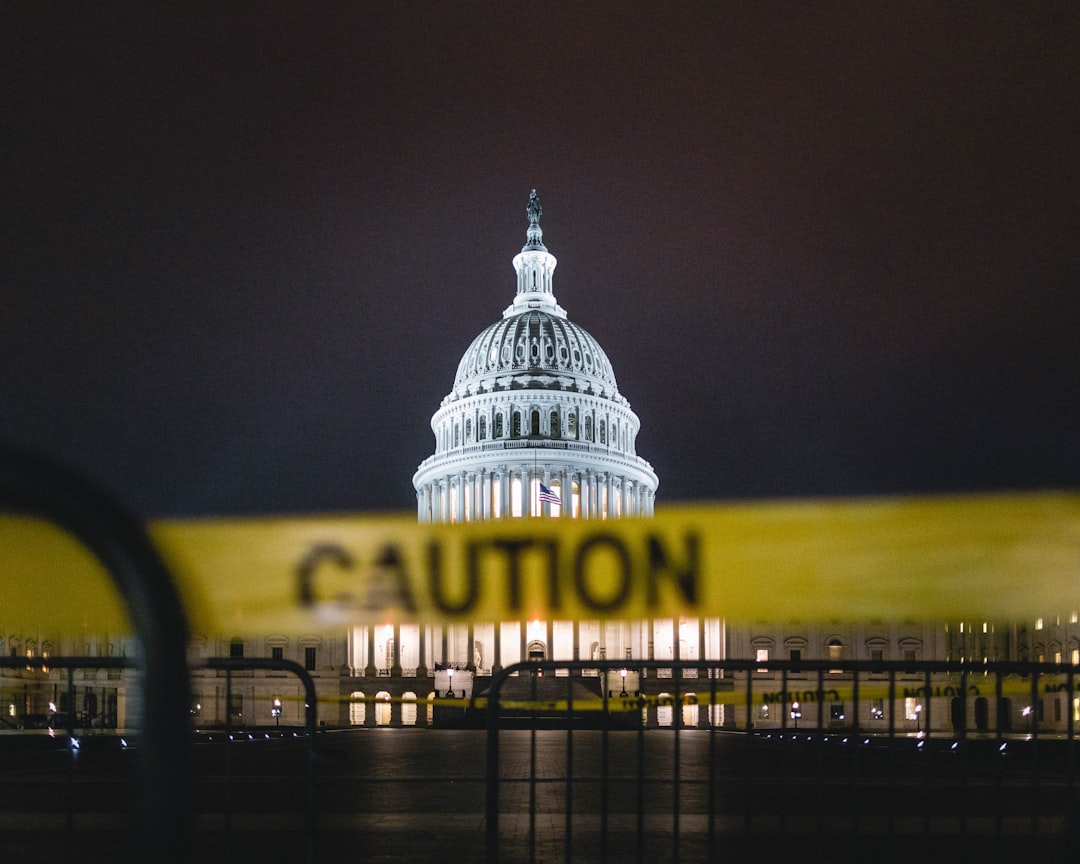A Payroll Pause That’s Feeling Personal (Image Credits: Unsplash)
Washington – Tension hangs thick in the air as empty offices dot the federal landscape, a stark reminder of how quickly political gridlock can grind everything to a halt.
A Payroll Pause That’s Feeling Personal
Imagine waking up to no paycheck, not because of a layoff, but because Congress couldn’t agree. That’s the reality for hundreds of thousands of federal workers right now. Over 800,000 employees are furloughed or working without guaranteed pay, stretching family budgets thin across the country.
This isn’t just about missed dinners out. Food banks report a surge in visits from government families, and small towns near military bases feel the pinch hardest. One week turns into stress; three weeks become desperation. Economists point out that every day without wages means less spending at local stores, kicking off a chain reaction.
Yet the human side hits deepest. Parents juggling childcare without income, veterans relying on delayed benefits – it’s a quiet crisis building under the surface.
Businesses Bracing for the Backlash
Companies tied to government contracts are watching orders vanish overnight. Think defense firms or tech providers for federal agencies; their pipelines are clogged, leading to layoffs and stalled projects. In Washington state alone, shutdowns like this have cost billions in lost productivity before.
Small businesses suffer too. Vendors waiting on payments for services rendered now face cash flow nightmares. A coffee shop near a furloughed office sees foot traffic drop by half, forcing tough choices like cutting hours. The ripple spreads to suppliers, who then tighten belts elsewhere.
Markets aren’t blind to this. Stock dips in affected sectors show investor nerves, with warnings from places like the BBC highlighting how prolonged uncertainty erodes confidence. It’s like a storm cloud over growth forecasts, dimming outlooks for the quarter.
The Data Drought Slowing Everything Down
Government stats are the economy’s pulse, but with agencies shuttered, key reports on jobs, inflation, even trade are delayed. The Federal Reserve can’t make informed decisions without fresh numbers, potentially leading to misguided interest rate moves that squeeze everyone.
This blackout matters more than it seems. Businesses plan expansions based on those figures; without them, investments freeze. Farmers waiting on USDA updates for crop supports face higher risks, especially after events like recent hurricanes that already strained resources.
History shows these gaps linger. Past shutdowns left holes in economic models that took months to fill, throwing off predictions and costing efficiency. In 2025’s volatile climate, that’s a luxury no one can afford.
Federal Safety Nets Fraying at the Edges
Programs that keep society running are on pause. Head Start for low-income kids, food inspections, even disaster aid processing – all hit snags. With a major hurricane fresh in memory this year, delayed FEMA responses mean slower rebuilding in affected states, amplifying recovery costs.
National parks close, tourism dips, and environmental monitoring stalls, which could lead to overlooked issues down the line. It’s not dramatic explosions, but steady erosion: a bridge inspection postponed, a grant review tabled, each adding to future burdens.
States pick up some slack, but they’re stretched too. Budget strains show in places like Florida, where hurricane cleanup waits on federal dollars. The longer this drags, the more uneven the load becomes.
Long-Term Wounds That Won’t Heal Easily
Short shutdowns barely register on GDP charts, but this one, pushing three weeks, could shave 0.5% or more off growth. That’s real money – trillions in potential output lost, per White House estimates. Consumer confidence plummets, delaying big purchases like homes or cars.
Scars form in trust too. When government reliability wavers, international partners hesitate on deals, and credit ratings face pressure. Military families, with 1.3 million unpaid, turn to charities, highlighting vulnerabilities that echo for years.
Experts from the New York Times to CNBC warn of a slowdown cycle: less spending leads to slower hiring, which feeds back into even less activity. Breaking it requires resolution, but politics shows no rush.
What Happens If It Drags On?
Picture a month in: GDP forecasts drop further, with OECD projections already trimming U.S. growth to under 2%. Airports face flight delays from unpaid air traffic controllers, and IRS backlogs mean tax refunds stall for millions.
Hurricane-hit regions suffer most, as aid pipelines clog. Rebuilding in the Southeast could stall without federal coordination, turning temporary damage into lasting infrastructure gaps.
Yet silver linings exist in past recoveries – quick rebounds once pay resumes. Still, the risk of recession whispers louder each day.
Key Takeaways
- Furloughed workers and businesses face immediate cash crunches, slowing everyday spending.
- Delayed data and services amplify risks, especially for disaster recovery like post-hurricane efforts.
- Prolonged shutdowns could cut GDP significantly, leaving economic confidence battered for quarters to come.
In the end, this shutdown isn’t just D.C. drama – it’s a drag on all of us, from paychecks to recovery dreams. How long before leaders step up? What do you think the real cost will be? Share in the comments.




